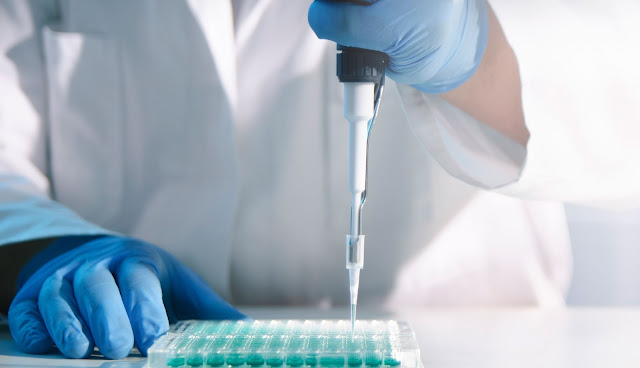Transfection Reagents and Equipment: Enabling Cell Engineering Advances
 |
| Transfection Reagents and Equipment |
Cell transfection is a process where genetic material such as DNA or RNA is introduced inside living cells to produce the encoded protein or effect a change in cellular function. Transfection has vast applications ranging from basic research to therapeutic development. The key reagents and equipment enabling transfection are discussed below:
Transfection Reagents
Transfection reagents act as carriers to deliver nucleic acids inside cells bypassing the cell membrane. The most commonly used reagents are cationic lipid-based which form complexes with nucleic acids through electrostatic interactions. Liposomes containing cationic lipids efficiently fuse with the negatively charged cell membrane and release the genetic cargo inside the cell. Popular transfection lipid reagents include Lipofectamine, Effectene, and X-tremeGENE among others.
Important properties of Transfection Reagents and Equipment lipids include their charge density, size of liposome complexes, and ability to condense nucleic acids. Higher charge density improves cellular uptake but cytotoxicity also increases. Optimal size of liposome-DNA complexes (100-200 nm) enhances membrane fusion while avoiding metabolic degradation. Ability to tightly compact DNA prevents degradation and facilitates cellular entry.
Other major types of transfection reagents include calcium phosphate precipitates and polymeric transfectants. Calcium phosphate coprecipitates DNA molecules that are subsequently phagocytosed by cells. Representative reagents are CalPhos and Profection. Synthetic polymers like polyethyleneimine (PEI) condense nucleic acids via electrostatic interactions and buffering capacity aids endosomal escape. Branched PEI is a good alternative to lipid reagents.
Viral Vectors
Viruses have evolved effective strategies to deliver their genetic payload inside host cells. Researchers exploit the natural tropism and intracellular trafficking ability of viruses through viral vectors for transfection. Common examples include retroviruses to introduce genes stably into the host genome, adenoviruses for transient high-level expression, and adeno-associated viruses for integrating transgenes without pathogenicity.
Lentiviruses derived from HIV have emerged as a powerful alternative due to their ability to transduce dividing as well as non-dividing cells. Lentiviral vectors are commonly used for establishing cell lines with stable transgene expression. Other viral transduction systems include vaccinia virus, alphavirus, and baculovirus vectors. Production of high titer recombinant viral stocks requires specialized cell lines, growth conditions, and purification methodology.
Transfection Equipment
key pieces of equipment facilitate efficient nucleic acid delivery into cells. Electroporators apply controlled electric pulses to reversibly create nanoscale pores in the cell membrane through which charged DNA/RNA molecules enter. Both cuvette-based and nucleofection systems are available from companies like BTX and Lonza.
Lipofection is commonly performed using multiwell plates on an orbital shaker. Automated liquid handling workstations like Echo or DASgrid equip transfection laboratories for high-throughput screening applications. Instruments like Gene Pulser Xcell facilitate scaled-uptransfections for industrial processes.
Microfluidic transfection devices channel flow of reagents and cells through designated pathways and chambers for optimizing transfection conditions. Integrated microscopy facilities enable live cell imaging post-transfection. Flow cytometers analyzing fluorescence protein expression quantitatively assess transfection efficiency in suspension cell transfections.
Continued mechanistic insights and material engineering is expanding the transfection toolkit. Novel delivery strategies mimicking bacterial conjugation mechanism or employing membrane-active peptides hold promise. As cell therapies transition from clinics, scalable non-viral vectors with controlled expression kinetics will be critical. Advanced bioanalytical methods will facilitate tracking transfection at the single cell level for deciphering heterogeneity. Overall, transfection reagents and technology platforms will remain cornerstones of basic research and revolutionizing medicine.
Get more insights on Transfection Reagents and Equipment

%20Filter%20Market.jpg)

Comments
Post a Comment